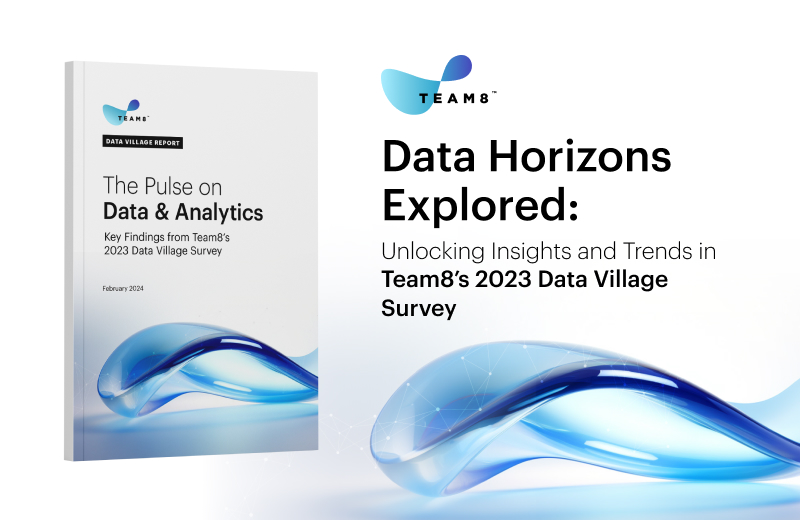Data lies at the heart of modern business operations, with organizations increasingly seeking to leverage data and analytics to drive revenue growth and cost reduction. However, many companies face challenges in extracting value from data at scale and speed. Surprisingly, despite increasing data investments, a recent survey revealed that most organizations do not consider themselves data-driven.
With this context, Team8, in partnership with our Data Village community, has prepared a guide for CDOs, data leaders, and data practitioners on the need for Next-Gen Automated Data Fabric, now available for download here.
Rather than technological limitations, cultural barriers have emerged as the primary hurdle to becoming data-driven. Organizations struggle with a shortage of data specialists, siloed data across systems and departments, lack of context and format, and insufficient observability. These shortcomings hinder data access, collaboration, and decision-making.
A paradigm shift is needed to address these challenges and enable data to work effectively. This shift involves transforming data stacks into user-focused applications, prioritizing visibility, reusability, and seamless collaboration. A next-generation automated data fabric emerges as a potential solution.
A data fabric acts as a structured representation of data, describing its meaning and relationships. By leveraging bi-directional metadata from across the organization, the next-gen automated data fabric streamlines data access, provides a shared view of data, and supports efficient collection, analysis, and utilization. It offers functionalities such as data cataloging, lineage tracking, context inference, and connecting business questions to the relevant data.
With an automated data fabric in place, teams can easily access data, find definitions, understand lineage, and obtain accurate insights. The fabric acts as a bridge between data sources, enabling efficient data analysis and supporting users in making informed decisions.
The integration of Language Models (LLMs) further enhances the capabilities of the data fabric. LLMs help understand data sources, suggest questions, and build queries, ultimately providing end-users with valuable data insights. However, the data fabric is crucial in providing context and ensuring accurate results.
At Team8, we recognize the need for an automated data fabric to unlock the full potential of data analysis. By leveraging advanced data modeling, AI, and self-learning suggestion engines, we aim to empower data consumers of all levels of expertise. The solution focuses on making data insights accessible, efficient, and smart for organizations across industries.
The next-gen automated data fabric offers a promising path forward, transforming data into actionable insights and enabling organizations to harness the full power of their data. By embracing this paradigm shift, businesses can overcome cultural barriers, promote collaboration, and make data work for them in a dynamic and competitive landscape.
Download our full guide on Automated Data Fabric here.
